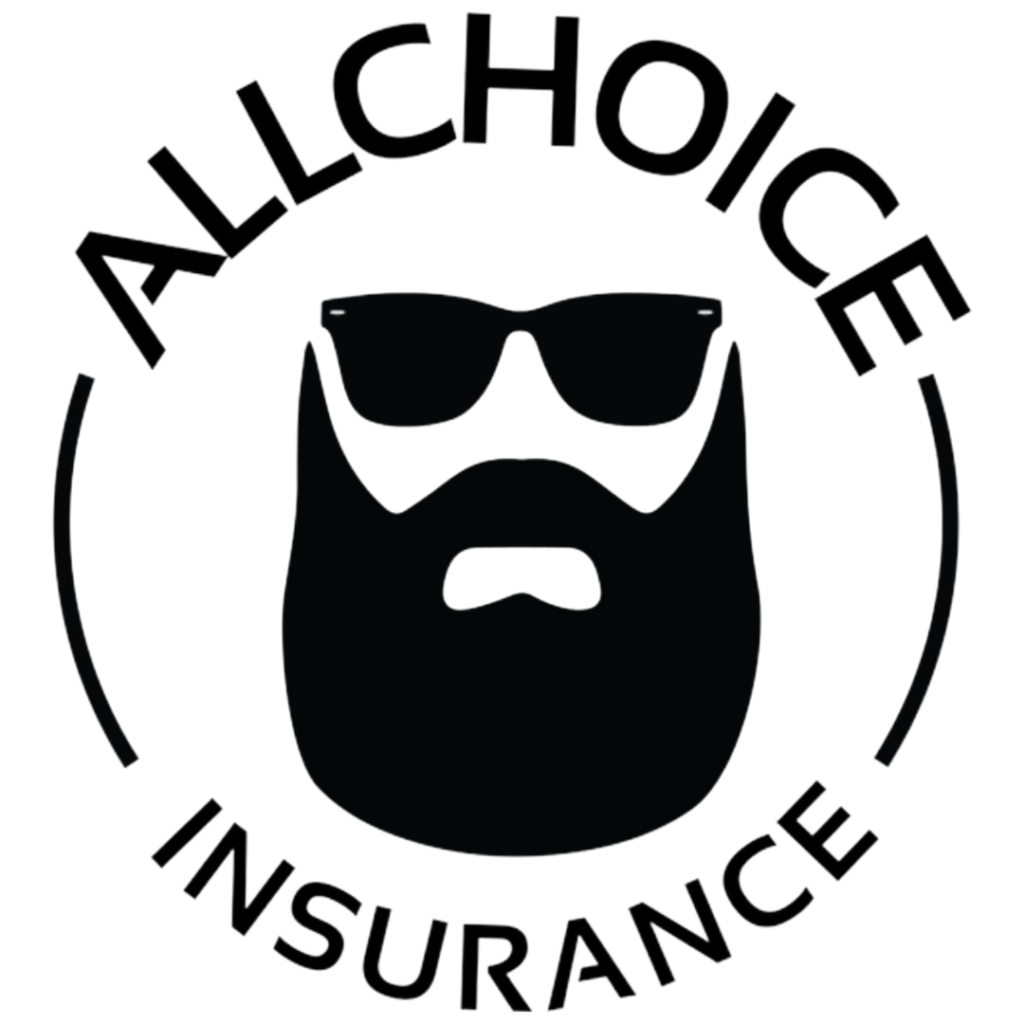Do I Need Boat Insurance?

Choosing the right boat insurance policy involves understanding the different types of coverage available. Boat insurance coverage typically includes:
These different types of coverage help protect boat owners from a variety of risks on the water. When selecting a policy, you have the option to choose between two basic types: ‘agreed value’ and ‘actual cash value’. Each type has its advantages and considerations to take into account. An ‘all risk’ policy is recommended for the most comprehensive protection, although it may exclude events like wear and tear or animal damage.
To ensure full protection for marine-specific risks, it’s advisable to opt for specialized marine insurance policies over additions to homeowner policies. Let’s take a closer look at these coverage types.
Liability Coverage
Liability coverage, including bodily injury liability, is a crucial part of any boat insurance policy. In the event of an accident, it offers financial protection for bodily injuries or property damage caused by the boat owner. A minimum of $100,000 in liability coverage is recommended. This coverage takes care of medical costs, lost wages, sickness, death, and legal fees for bodily injuries, as well as damage to other boats and structures for property damage.
However, the extent of your liability coverage should match your boat’s capabilities. For instance, if you own a fast, powerful boat, you should consider higher liability coverage due to increased risk and potential damage. Hull insurance also addresses third-party bodily injuries in collisions.
On the other hand, if your watercraft is owned outright and has a modest value, a liability-only policy may be adequate, protecting against third-party damages without covering the boat itself.
Hull Coverage
Hull coverage is another essential part of boat insurance coverage. This type of coverage protects the boat itself against physical damage from various perils, including collisions, weather events, and sinking. It applies to a wide range of watercraft such as fishing boats, yachts, and cruise ships. The coverage extends to various perils including, but not limited to, collisions, weather-related events, fire, sinking, and more extreme circumstances like barratry and piracy.
Hull coverage can be classified into ‘brown-water hull’ for boats on inland waters and ‘blue-water hull’ for vessels on larger bodies of water such as oceans and seas. It’s important to choose the right type of hull coverage based on where and how you plan to use your boat.
Uninsured Boater Coverage
Uninsured boater coverage is a type of insurance that protects injuries and damages caused by another boater who lacks adequate insurance. With this coverage, you can avoid significant financial burden following an accident caused by an uninsured or underinsured boater.
Uninsured boater coverage typically has limits between $300,000 and $500,000, although the specific limit is determined by the policy and can vary by state and insurer. It’s important to note that uninsured watercraft coverage is distinct from liability coverage. It applies to situations where the policyholder or their passengers are harmed by an at-fault uninsured boater, as opposed to when the policyholder is accountable for an accident.
Medical Payments Coverage
Medical payments coverage is a part of boat insurance that covers certain medical and funeral expenses resulting from a boating accident, regardless of fault. Typical limits for medical payments coverage are set at $10,000 for a yacht policy and $5,000 for a small boat policy.
This coverage enables the policyholder to provide coverage for minor medical expenses and submit them for reimbursement, offering a quicker and more efficient solution without the need for lengthy liability claims processes. For example, if a guest needs stitches after an injury on the boat, medical payments coverage can cover these expenses, helping to avoid potential litigation that might arise from a liability claim.







